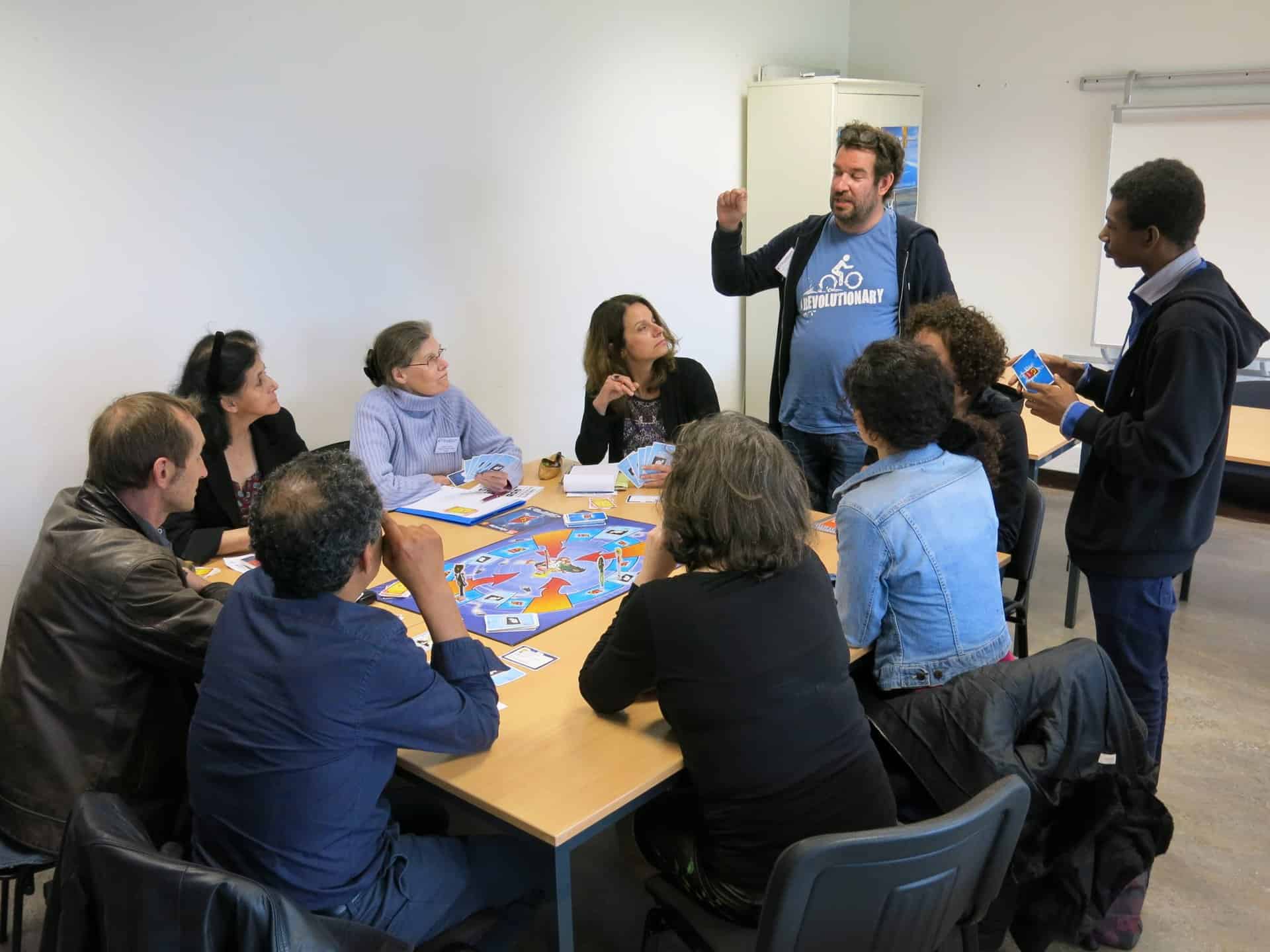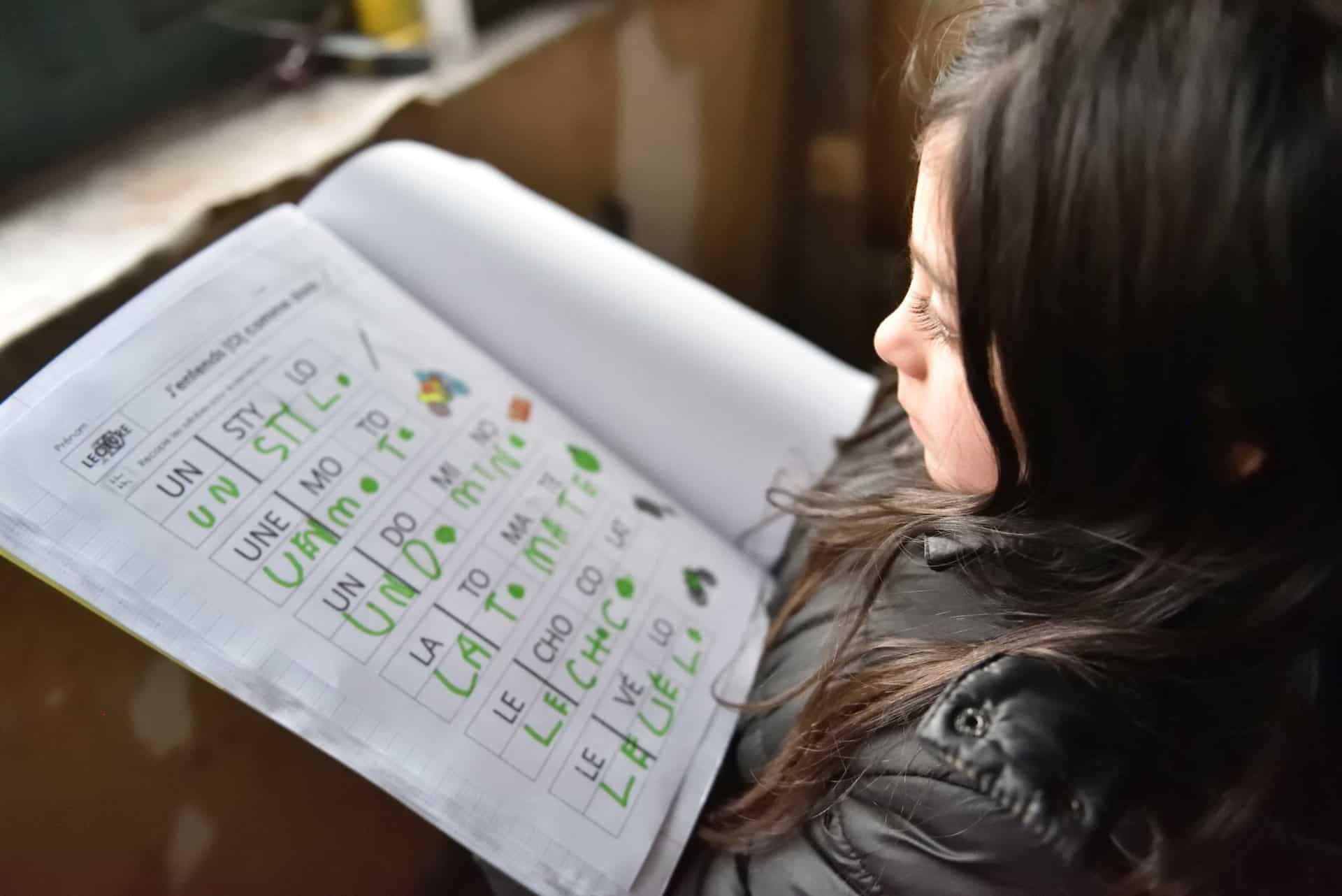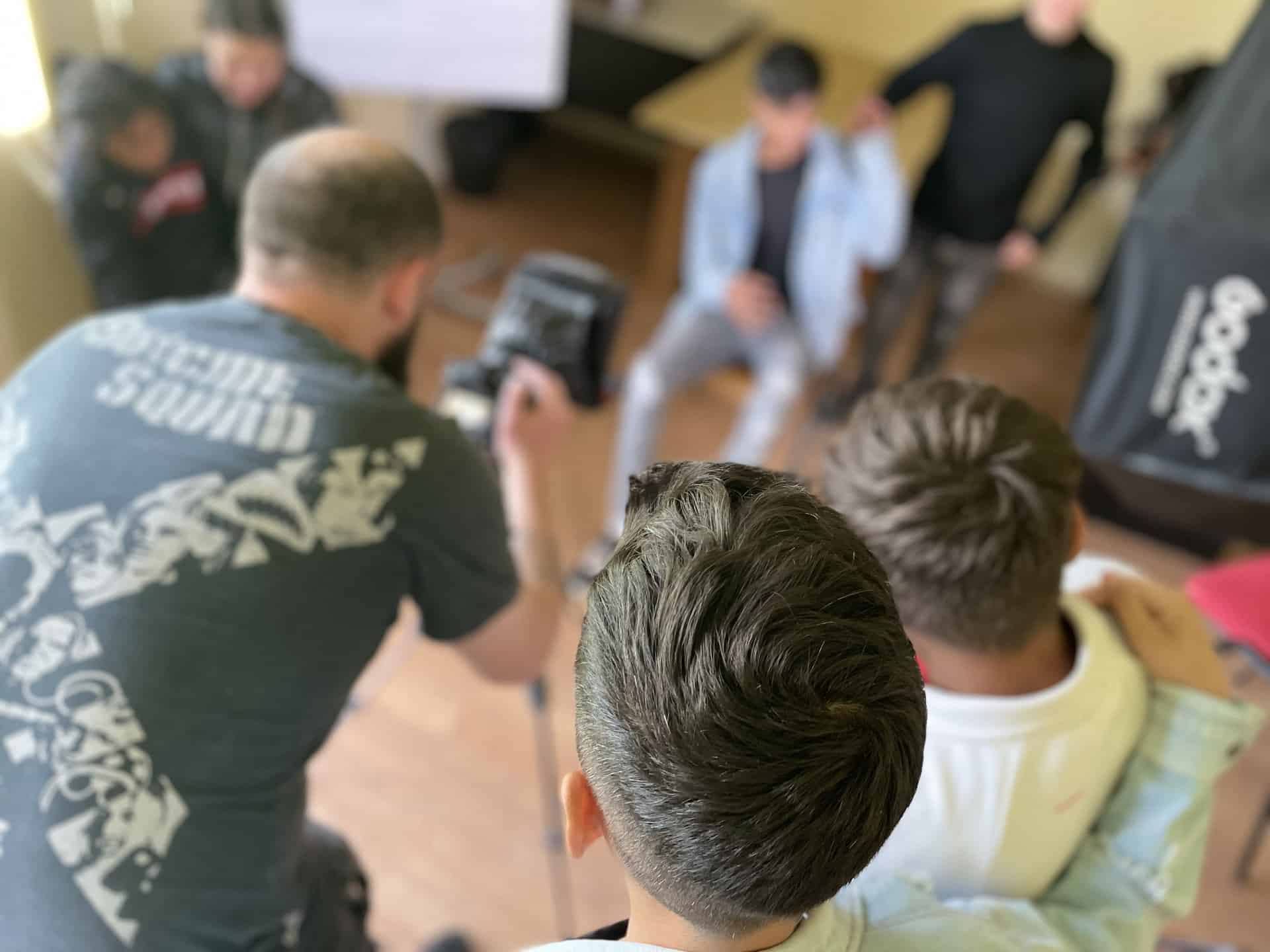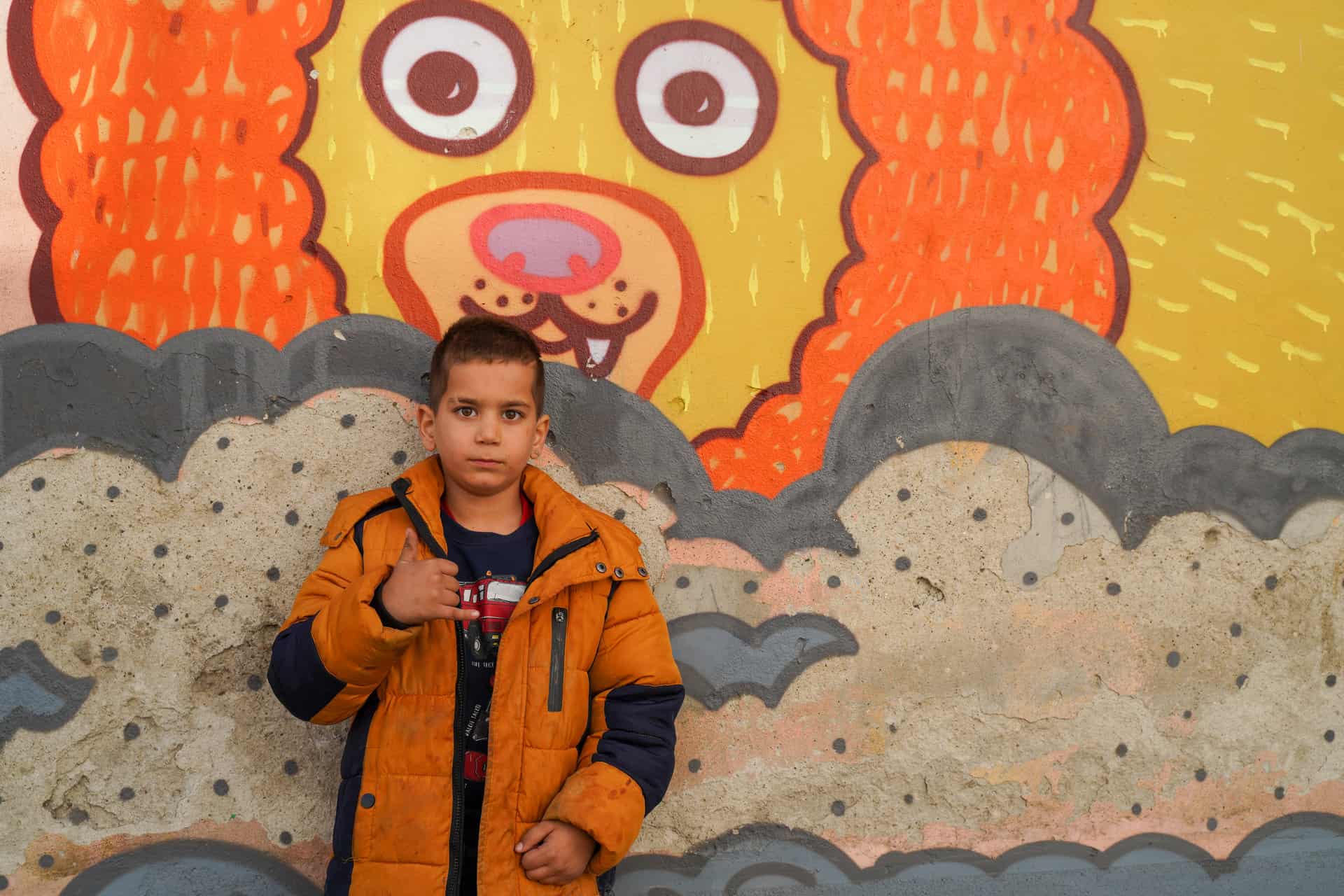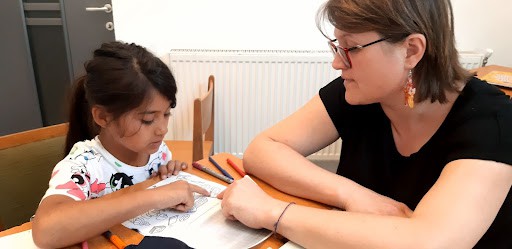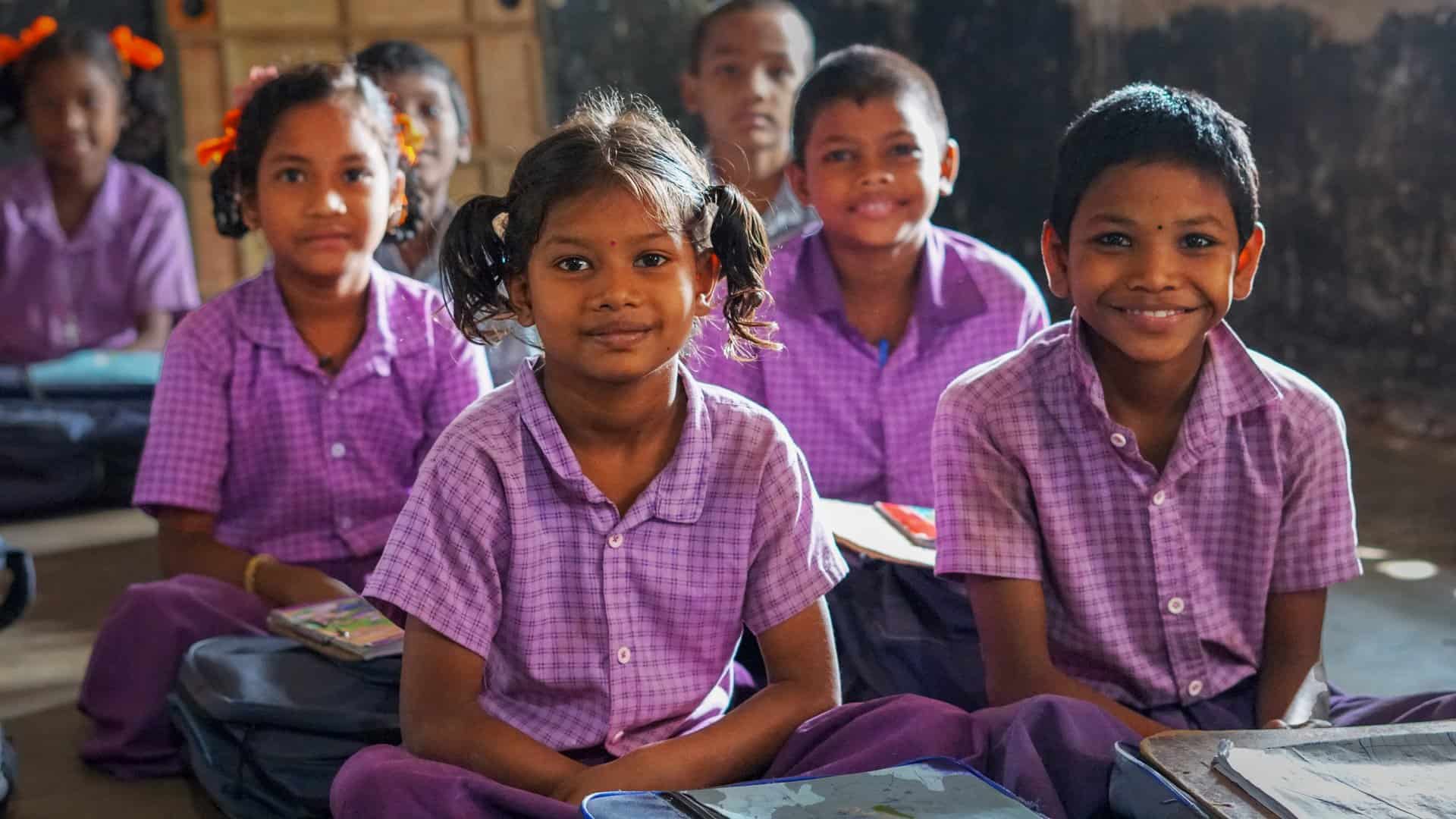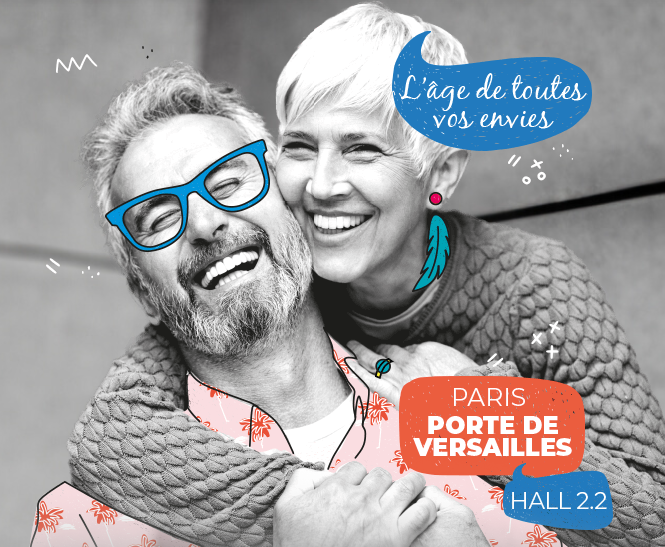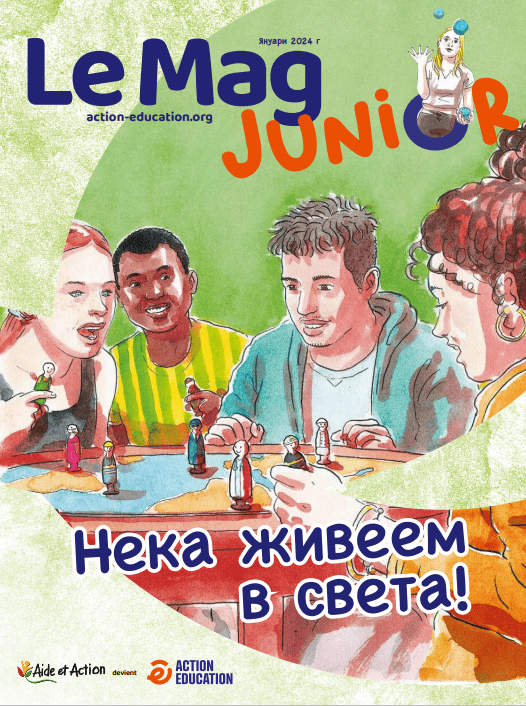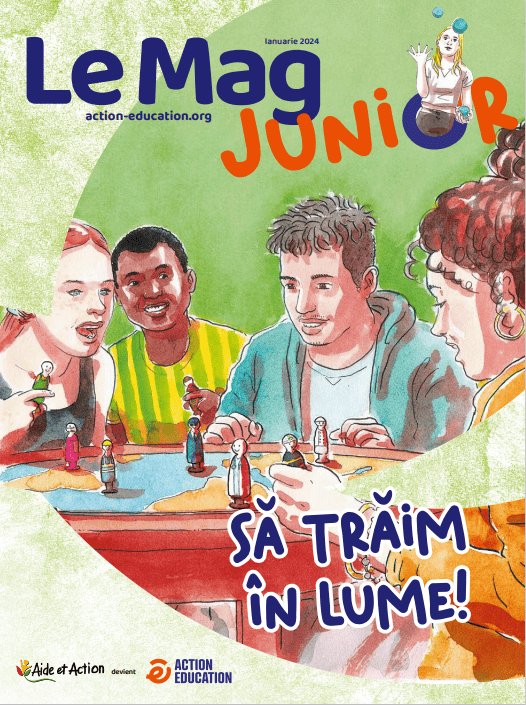Action Education in Europe

The context of intervention
Europe is currently experiencing a context marked by both the rise of extremism and the migration crisis. Indeed, the multiplication of conflicts, but also environmental, security, economic and political crises lead to internal and external displacement of populations in many countries.
In political terms, far-right and sovereigntist political parties are gaining dangerous ground in many European countries. In Austria, it remains above 25% of the vote (2017 parliamentary elections). In Denmark, France and Italy, it also exceeded 20%, while in Hungary, Latvia, Finland and Slovakia it exceeded 15% of the vote. The German far right, which only exceeded 2% a decade ago, received 12.6% of the vote in the 2017 parliamentary elections.
In Europe, the educational issues are generally quite different from what Action Education encounters in its usual countries of intervention. While the education situation does indeed seem to be "better" than in developing countries, the situation in the EU is not as bad as in the US, yet inequality and precarisation are growing.
Gold the school system as it operates today perpetuates inequalities. In France, for example, it is the children of blue-collar workers who are overwhelmingly channelled into vocational baccalaureates, and students from working-class backgrounds are under-represented at university (12% in France)..
Inequalities also exist in the area of health The proportion of people reporting good health is 57.2% for those with schooling up to the end of lower secondary education, compared to 81% for those with upper secondary education.
To migrant populations or with an immigrant background, the difficulties are greater. The young people concerned are at greater risk of leaving school early. In 2015, the dropout rate in Europe is 12.7% ; It rises to 19% for migrants.
Furthermore, the 2015 Programme for International Student Assessment (PISA) survey shows that The results of migrant pupils are strongly related to their living conditions and that achievement gaps persist even when these are taken into account.
Faced with these challenges, in 2021, Action Education has focused its action on improving educational provision for people living in precarious housing (shanty towns, squats, social hotels, streets, etc.) discriminated against and invisible to the public authorities. and populations living in precarious housing. To this end, Action Education has invested in support for these populations (fight against discrimination, deconstruction of representations in reception and social and educational monitoring structures) as well as in educational and integration provision.
Our work
in Europe
In 2022, Action Education was present in 3 European countries with 10 projects.
6 employees and €605,621 dedicated to the projects.
8,505 people, including 7,418 children and young people (2,829 of them girls) have been directly affected by our activities.
Our areas of intervention
In 2022, the main areas of intervention for Action Education in Europe were :
- Access and quality of education
- Education for life (training and employment)
- Education for sustainable development, peace and global citizenship
- Education in migration situations
She testifies
"We are looking to create opportunities for the children we work with to experience success. We look for ways to make them feel good about themselves, that they have a lot of strengths and that they are capable of achieving great results. We try to motivate them to believe in themselves and in their possibilities for a good future. This project helps them to think and imagine that future by giving them courage to be optimistic.
Cristina Bala, Director of Stea, Action Education's partner in Romania






